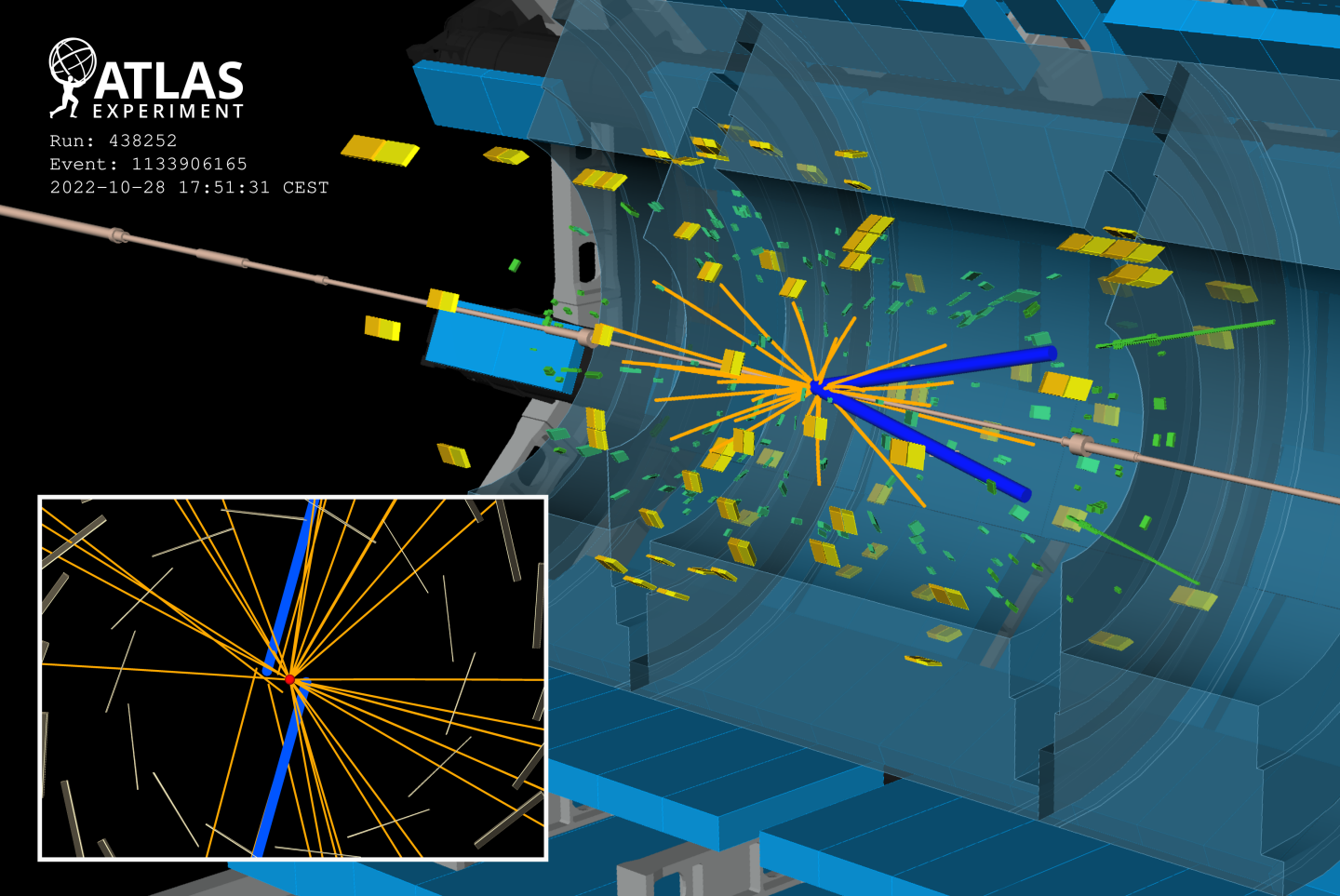Despite its remarkable success in describing the fundamental building blocks of matter and their interactions, the Standard Model of particle physics is known to be incomplete. Therefore, experiments around the globe and in space are searching for signs of new physics phenomena that would guide physicists toward a more comprehensive theory.
At the biennial ICHEP conference that took place in Prague earlier this week, the ATLAS collaboration presented its first results from research into new physics at record collision energies, targeting magnetic monopoles produced in collisions of heavy ions and particles generated proton-proton lifetimes. collisions.
Magnetic monopoles are hypothetical particles with only a single north or south pole, making them magnetically charged. Their existence would demonstrate the complete symmetry between electricity and magnetism. It would also confirm aspects of “grand unified theories” beyond the Standard Model that unify the strong, weak and electromagnetic forces at very high energies.
Researchers at the Large Hadron Collider (LHC) are searching for monopoles produced in high-energy collisions. Monopoles would be highly ionizing, meaning they would strip electrons from atoms and leave behind significant energy deposits in particle detectors.
In a new search for magnetic monopoles, the ATLAS collaboration analyzed its first heavy ion (lead-lead) collision data from LHC Run 3, which was collected in the fall of 2023 at an extremely high energy of 5.36 TeV per nucleon pair. protons or neutrons). Specifically, the ATLAS researchers looked at ultraperipheral collisions, in which ions do not collide at the center via the short-range strong interaction, but instead pass close enough to interact through the weaker but long-range electromagnetic force. Collisions between lead ions can produce the largest magnetic fields in the Universe, with strengths of up to 1016 Tesla.
If a pair of magnetic monopoles were produced in such interactions, it would be the only system of particles to be found in an otherwise empty detector and would appear as a concentrated cloud of ionizing electrons. Looking for unique signal features and analyzing backgrounds that might mimic them, ATLAS saw no sign of monopoles in their Run 3 heavy ion data.
Consequently, the result sets the world’s best limits on the production rate of monopoles created in ultraperipheral heavy ion collisions for monopole masses below 120 GeV. Furthermore, this analysis introduces a methodology for studying highly ionizing particles in the heavy ion data from the LHC and beyond.
Most searches for new physics look for new particles that would decay “immediately” and produce decay products emanating from the proton-proton interaction points of the LHC. However, theories of physics beyond the Standard Model, including supersymmetry, also predict “long-lived particles” that would produce decay products far from the point of interaction. Such particles require dedicated techniques to reconstruct particle tracks and may have eluded detection in previous searches.
ATLAS has published the result of a new search for a pair of long-lived particles, each of which decays into an electron, muon, or tau lepton, resulting in two particle tracks that have been “displaced” from the ATLAS interaction point (see image above ) – a rare signature that could be indicative of new physics. In particular, ATLAS looked for a new signature where one of the long-lived particles travels far enough before decaying that only a single electron is detected.
This is the first ATLAS search of its kind using 13.6 TeV proton-proton collision data from the LHC’s Run 3. In preparation for Run 3, ATLAS researchers had refined the selection of online collision events—”triggers”— with the reconstruction of displaced tracks, which enabled the current search for new long-lived particles.
Event returns in all search regions match Standard Model expectations. These results set the tightest limits yet on the long-lived supersymmetric partners of electrons, muons and tau leptons.
With more data from the LHC and its upcoming upgrade, the high-luminosity LHC ATLAS physicists will continue their quest to find long-lived particles, magnetic monopoles, and other hypothetical particles—all while further improving the techniques of their research and developing new experimental strategies.
